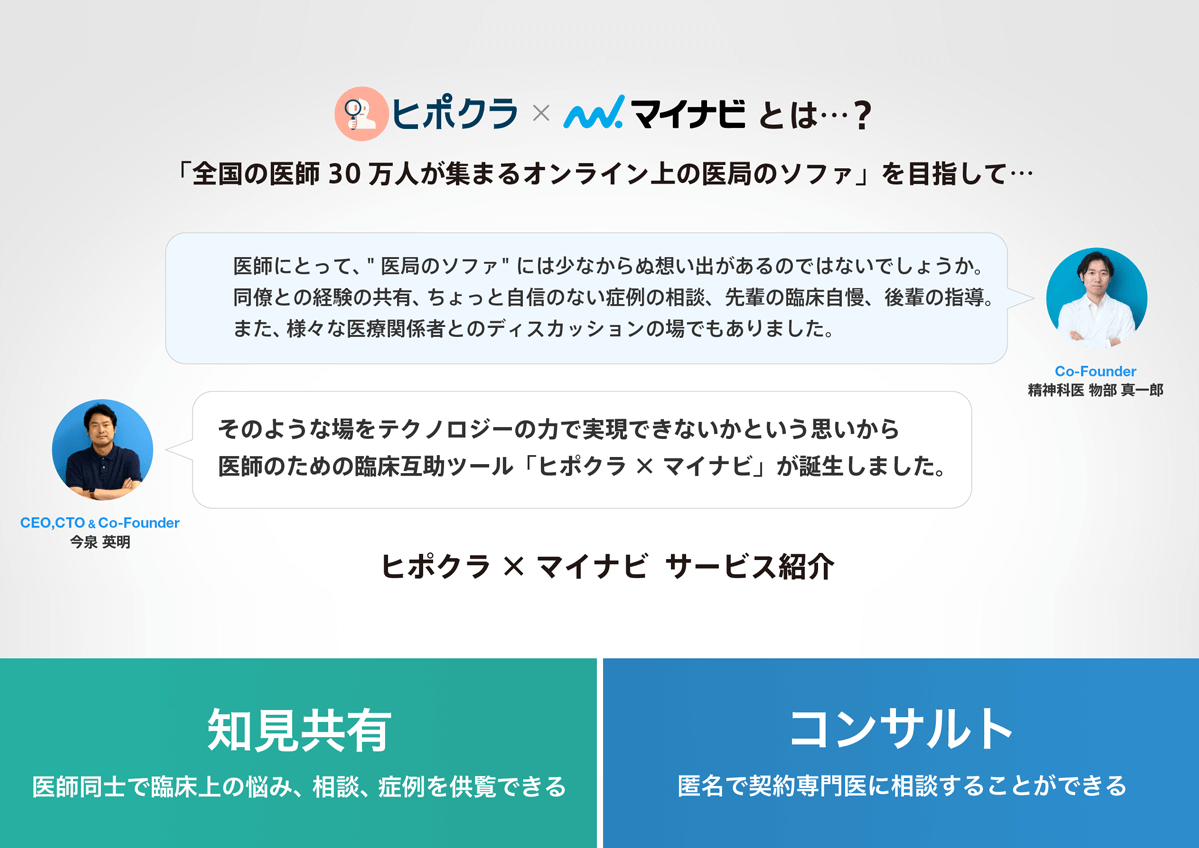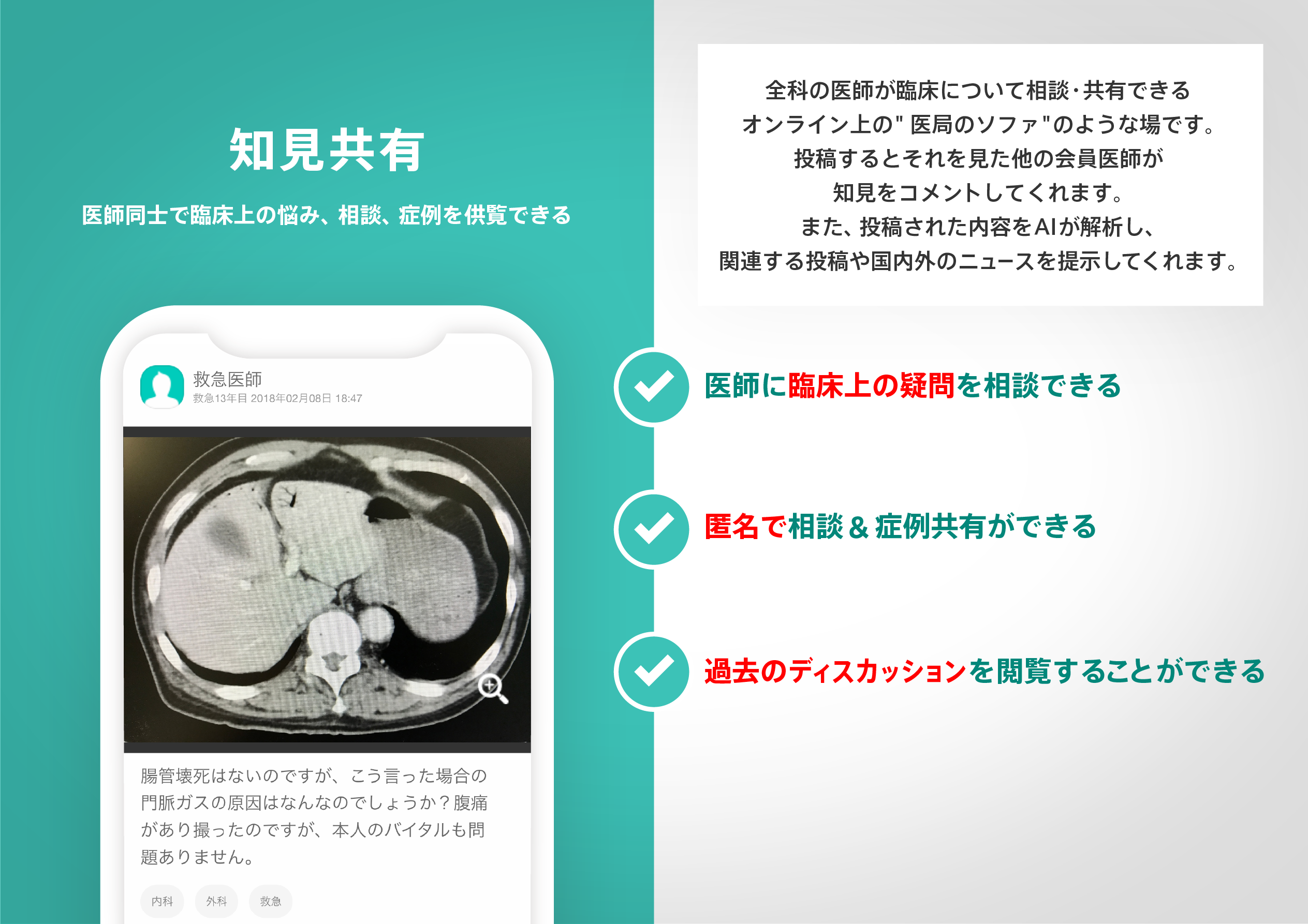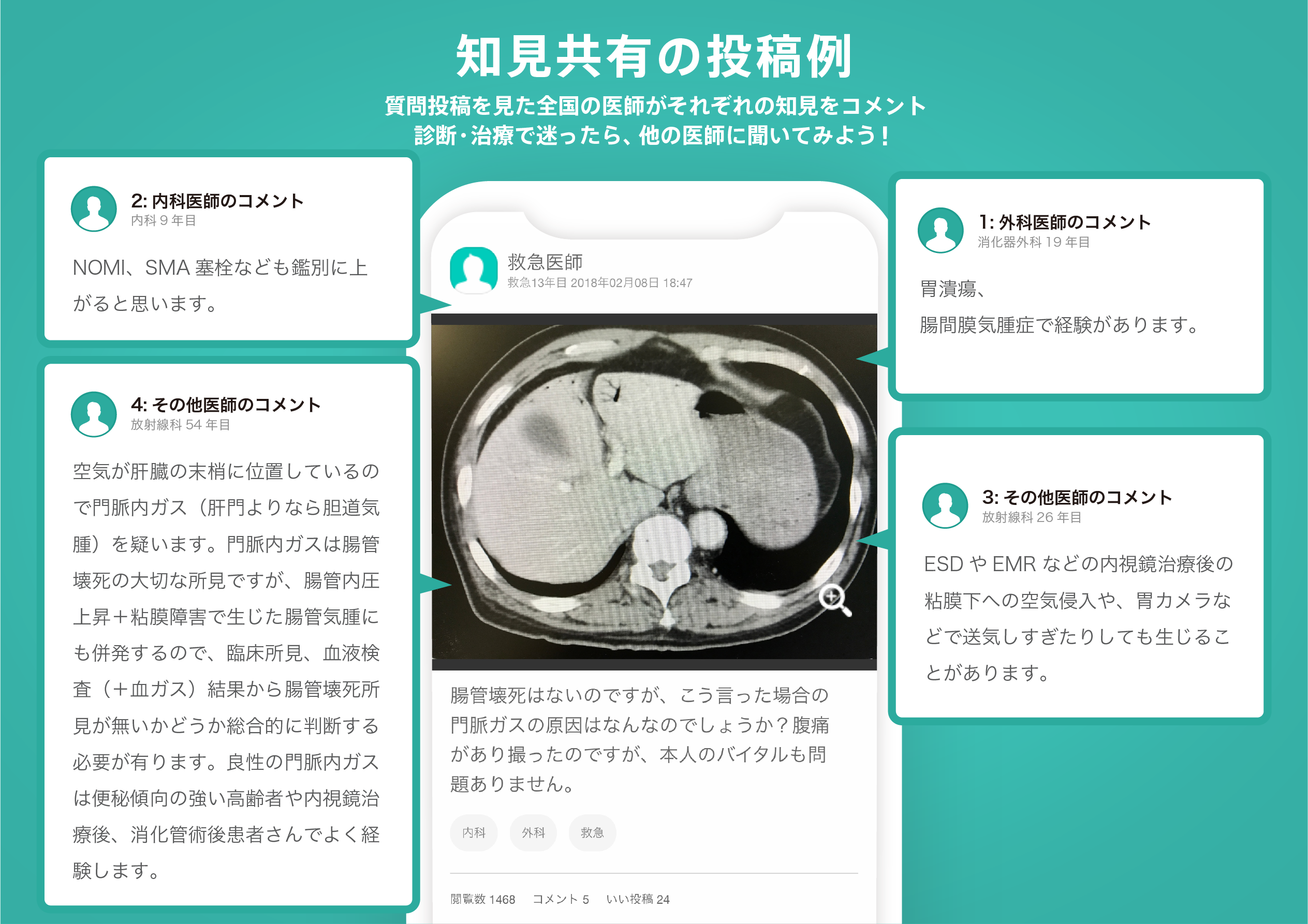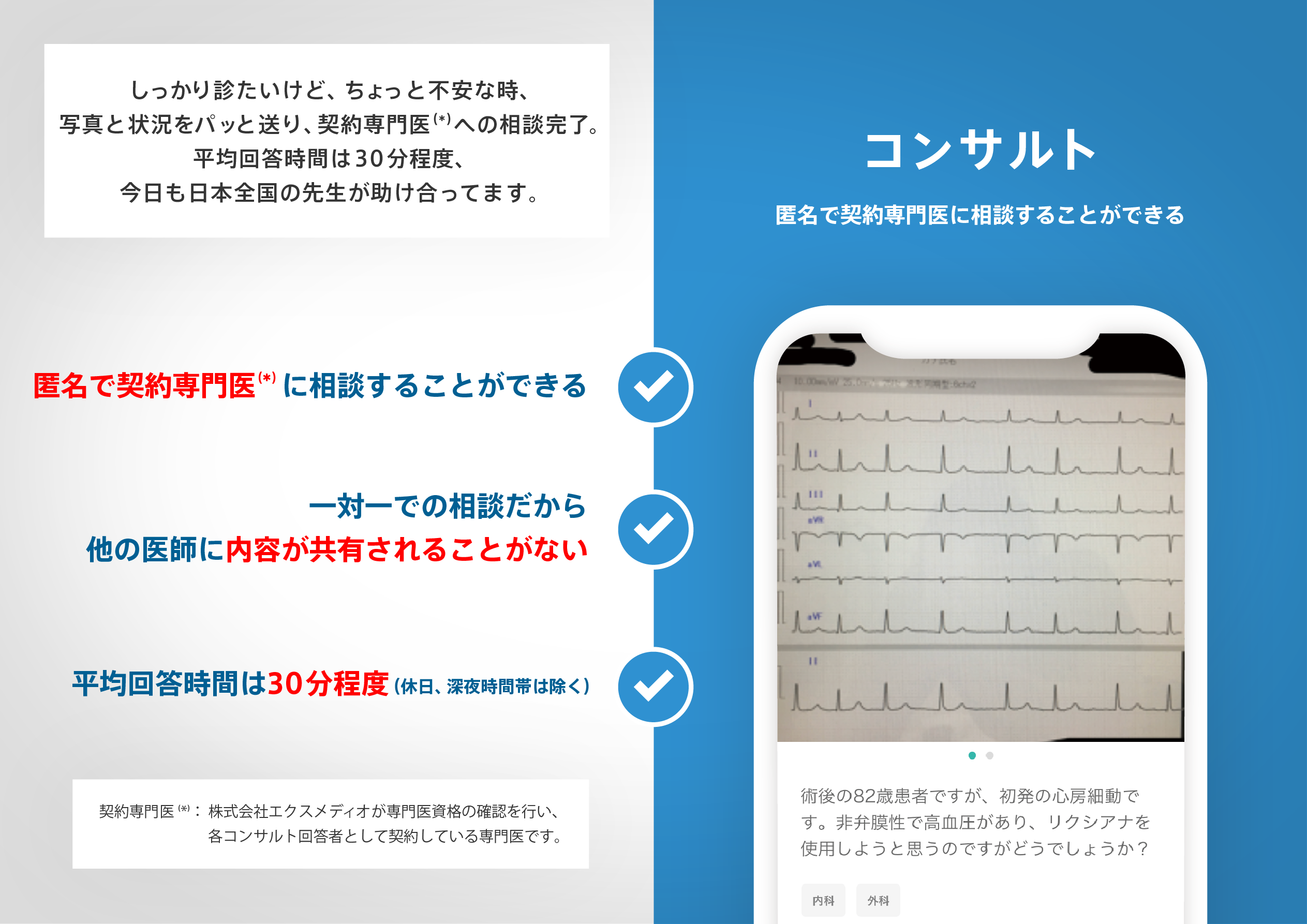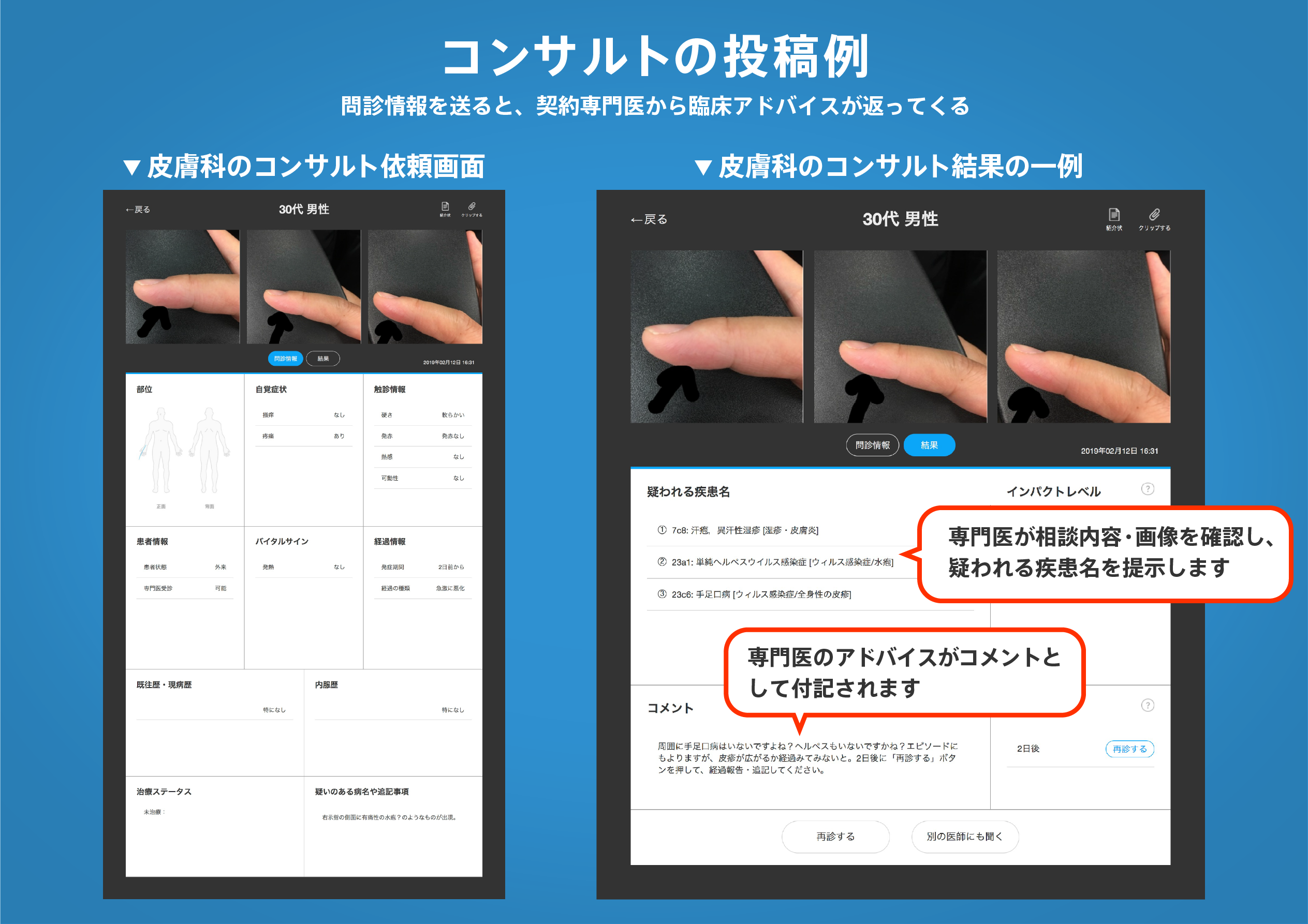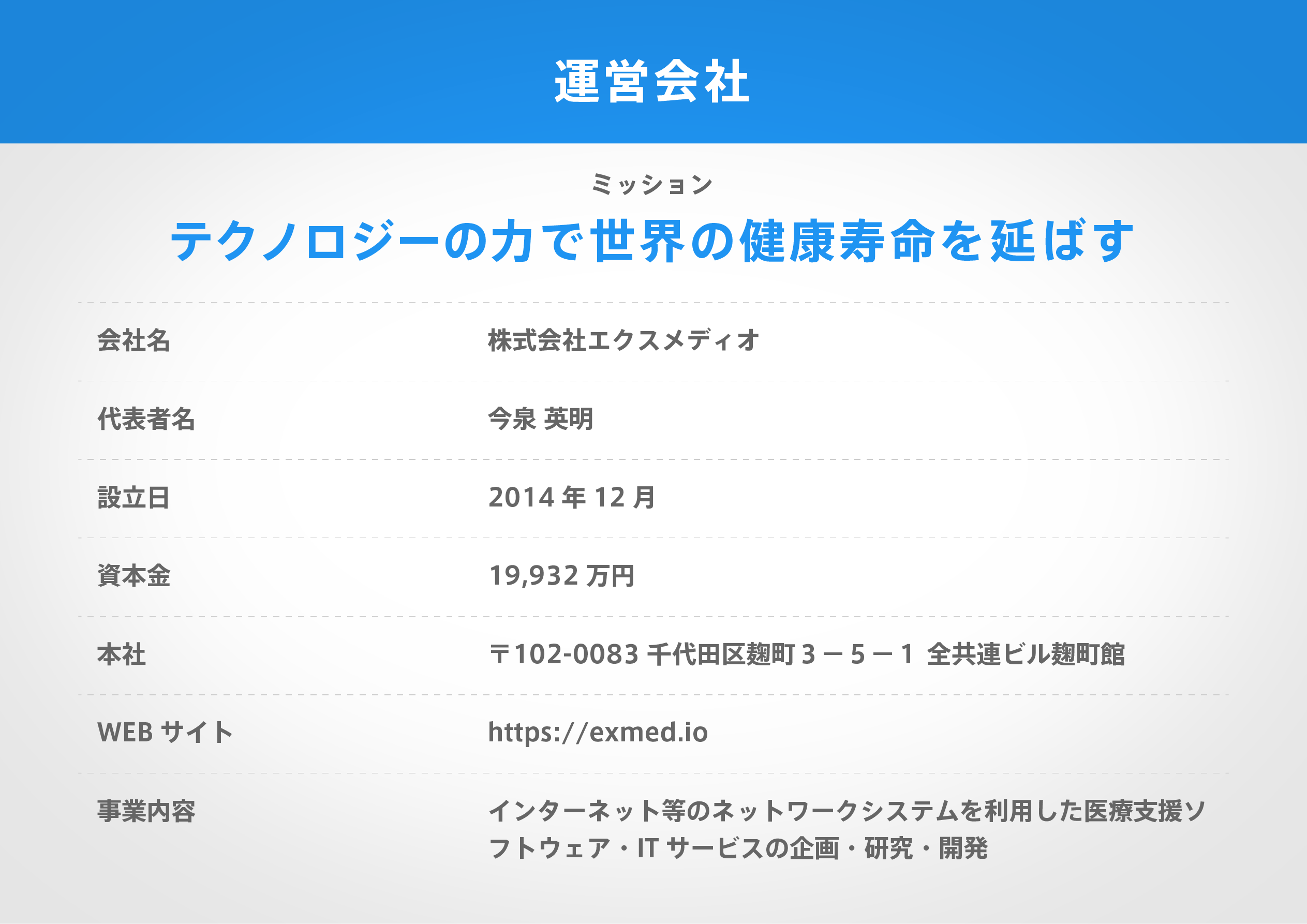著名医師による解説が無料で読めます
すると翻訳の精度が向上します
耐火性大細胞リンパ腫(LBCL)に対する以前の標準ケア(SOC)のキメラ抗原受容体(CAR)T細胞療法の有効性を比較する実世界の証拠はほとんどありません。スペインの市販のCAR T細胞療法で治療されたScholar-1基準に従ってLBCLの患者からデータを遡及的に収集しました(204人の患者が含まれ、192人の治療を受け、101人がAxicabtagene Ciloleucel [Axi-Cel]、91がTisagenlecleucel [Tisa-Cellucel [Tisa-Cellucel]])geltamo-IPI研究から得られた患者の歴史的難治性集団(n = 81)と結果を比較しました。PSOCよりもCAR-T療法(AXI-CELとTISA-CELの両方に対して)の優れた有効性が観察されました。(OS)(中央値15対8ヶ月、p <0.001)、他の予後因子とは独立して(HR:59(95%CI:0.44-0.80); P <0.001]、PFSの場合は0.45 [(95%CI):0.31-0.64)] OSの場合)。CAR-Tコホート内で、AXI-CELは、TISA-CELよりも長いPFS(それぞれ7.3ヶ月対2.8か月、P = 0.027)およびOS(それぞれ58%対12か月で42%)を示しました。これらの違いは、多変数分析で維持されました。一方、Axi-Celは、重度のサイトカイン放出症候群と神経毒性のリスクが高いリスクと独立して関連していた。我々の結果は、CAR-T細胞療法の有効性が実際の設定でPSOCよりも優れていることを示唆しています。さらに、Axi-Celは、Scholar-1の基準に従って、この耐火患者のこのグループでは、より毒性がありますが、Tisa-Celよりも有効性が優れている可能性があります。
耐火性大細胞リンパ腫(LBCL)に対する以前の標準ケア(SOC)のキメラ抗原受容体(CAR)T細胞療法の有効性を比較する実世界の証拠はほとんどありません。スペインの市販のCAR T細胞療法で治療されたScholar-1基準に従ってLBCLの患者からデータを遡及的に収集しました(204人の患者が含まれ、192人の治療を受け、101人がAxicabtagene Ciloleucel [Axi-Cel]、91がTisagenlecleucel [Tisa-Cellucel [Tisa-Cellucel]])geltamo-IPI研究から得られた患者の歴史的難治性集団(n = 81)と結果を比較しました。PSOCよりもCAR-T療法(AXI-CELとTISA-CELの両方に対して)の優れた有効性が観察されました。(OS)(中央値15対8ヶ月、p <0.001)、他の予後因子とは独立して(HR:59(95%CI:0.44-0.80); P <0.001]、PFSの場合は0.45 [(95%CI):0.31-0.64)] OSの場合)。CAR-Tコホート内で、AXI-CELは、TISA-CELよりも長いPFS(それぞれ7.3ヶ月対2.8か月、P = 0.027)およびOS(それぞれ58%対12か月で42%)を示しました。これらの違いは、多変数分析で維持されました。一方、Axi-Celは、重度のサイトカイン放出症候群と神経毒性のリスクが高いリスクと独立して関連していた。我々の結果は、CAR-T細胞療法の有効性が実際の設定でPSOCよりも優れていることを示唆しています。さらに、Axi-Celは、Scholar-1の基準に従って、この耐火患者のこのグループでは、より毒性がありますが、Tisa-Celよりも有効性が優れている可能性があります。
Real-world evidence comparing the efficacy of chimeric antigen receptor (CAR) T-cell therapy against that of the previous standard of care (SOC) for refractory large B-cell lymphoma (LBCL) is scarce. We retrospectively collected data from patients with LBCL according to SCHOLAR-1 criteria treated with commercial CAR T-cell therapy in Spain (204 patients included and 192 treated, 101 with axicabtagene ciloleucel [axi-cel], and 91 with tisagenlecleucel [tisa-cel]) and compared the results with a historical refractory population of patients (n = 81) obtained from the GELTAMO-IPI study. We observed superior efficacy for CAR-T therapy (for both axi-cel and tisa-cel) over pSOC, with longer progression-free survival (PFS) (median of 5.6 vs. 4-6 months, p ≤ 0.001) and overall survival (OS) (median of 15 vs. 8 months, p < 0.001), independently of other prognostic factors (HR: 0.59 (95% CI: 0.44-0.80); p < 0.001] for PFS, and 0.45 [(95% CI: 0.31-0.64)] for OS). Within the CAR-T cohort, axi-cel showed longer PFS (median of 7.3 versus 2.8 months, respectively, p = 0.027) and OS (58% versus 42% at 12 months, respectively, p = 0.048) than tisa-cel. These differences were maintained in the multivariable analysis. On the other hand, axi-cel was independently associated with a higher risk of severe cytokine release syndrome and neurotoxicity. Our results suggest that the efficacy of CAR-T cell therapy is superior to pSOC in the real-world setting. Furthermore, axi-cel could be superior in efficacy to tisa-cel, although more toxic, in this group of refractory patients according to SCHOLAR-1 criteria.
医師のための臨床サポートサービス
ヒポクラ x マイナビのご紹介
無料会員登録していただくと、さらに便利で効率的な検索が可能になります。

